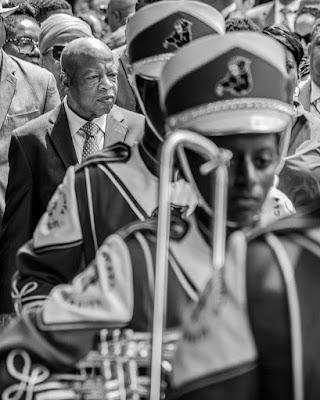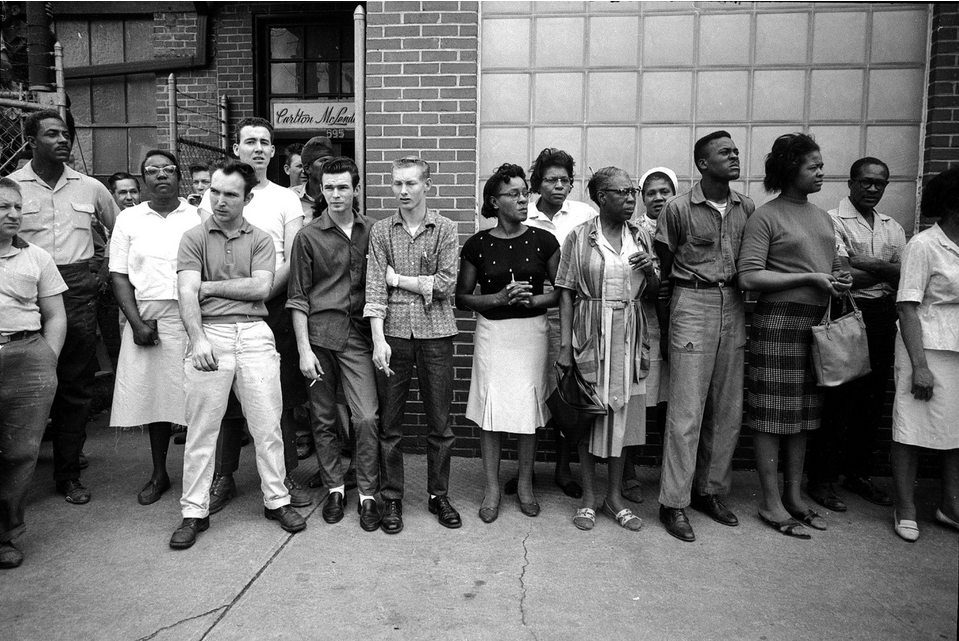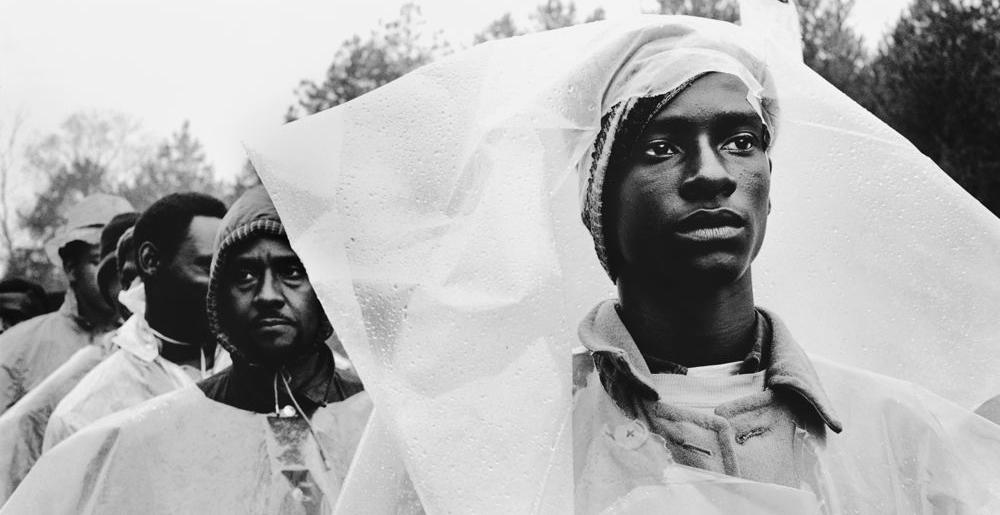March 28, 2025
Ryan Vizzions describes Atlanta as a uniquely diverse melting pot shaped by its history. He credits Dr. Martin Luther King Jr. and the city’s role as a hub for African Americans during segregation as foundational to its identity. This legacy, he says, makes Atlanta exceptional not only in the South but across the entire country as well.
Photography as a Purposeful Journey
Vizzions’ photography began as a personal outlet but evolved into a passion for storytelling. Over the years, he embraced various forms, from photojournalism to architectural and street photography. He views his work as a medium for raising awareness and documenting social movements.
Standing Rock and Activism
One of the defining moments in Vizzions’ career was his documentation of the Standing Rock protests against the Dakota Access Pipeline. Inspired by a haunting resemblance to the Civil Rights era, he felt compelled to witness the movement firsthand. What began as a spontaneous trip turned into a six-month immersion, during which he lived at the camp and captured some of the most recognized images of the movement.
Honoring Atlanta’s Modern-Day Leaders
(Photo by Ryan Vizzions)
Vizzions chose to highlight contemporary changemakers for his Atlanta-focused project for “Colors of Atlanta.” He selected civil rights attorney and activist Gerald Griggs, president of the Georgia NAACP. Vizzions first met Griggs during the Black Lives Matter protests in Atlanta and later during the Ahmaud Arbery murder trial. Impressed by Griggs’ relentless advocacy in the courtroom and on the ground, Vizzions wanted to create a powerful portrait that Griggs and his family could be proud of.
Auburn Avenue: Connecting Past, Present and Future
Vizzions selected Auburn Avenue, a historic street in Atlanta, as the backdrop for his photograph. Known as Black Wall Street, Auburn Avenue holds deep cultural significance. It was home to jazz legends at the Royal Peacock and the pulpit of Dr. King at Ebenezer Baptist Church. Vizzions sought to intertwine Atlanta’s rich past with its present and future.
Stepping Beyond Photojournalism
Although Vizzions’ background is rooted in documentary and photojournalism, this project pushed him into the editorial realm. Initially nervous, he quickly found his rhythm, collaborating with Griggs to create powerful, meaningful images. He expressed pride in the final result, seeing the work as a collective achievement.
Atlanta’s Influence on his Art
Vizzions draws continuous inspiration from Atlanta. For him, photographing Atlanta is more than capturing its skyline; it’s about preserving the spirit of its people, honoring its leaders and ensuring that its legacy endures.
Learn more about other talented photographers featured on “Colors of Atlanta” and watch the TV series.
















